
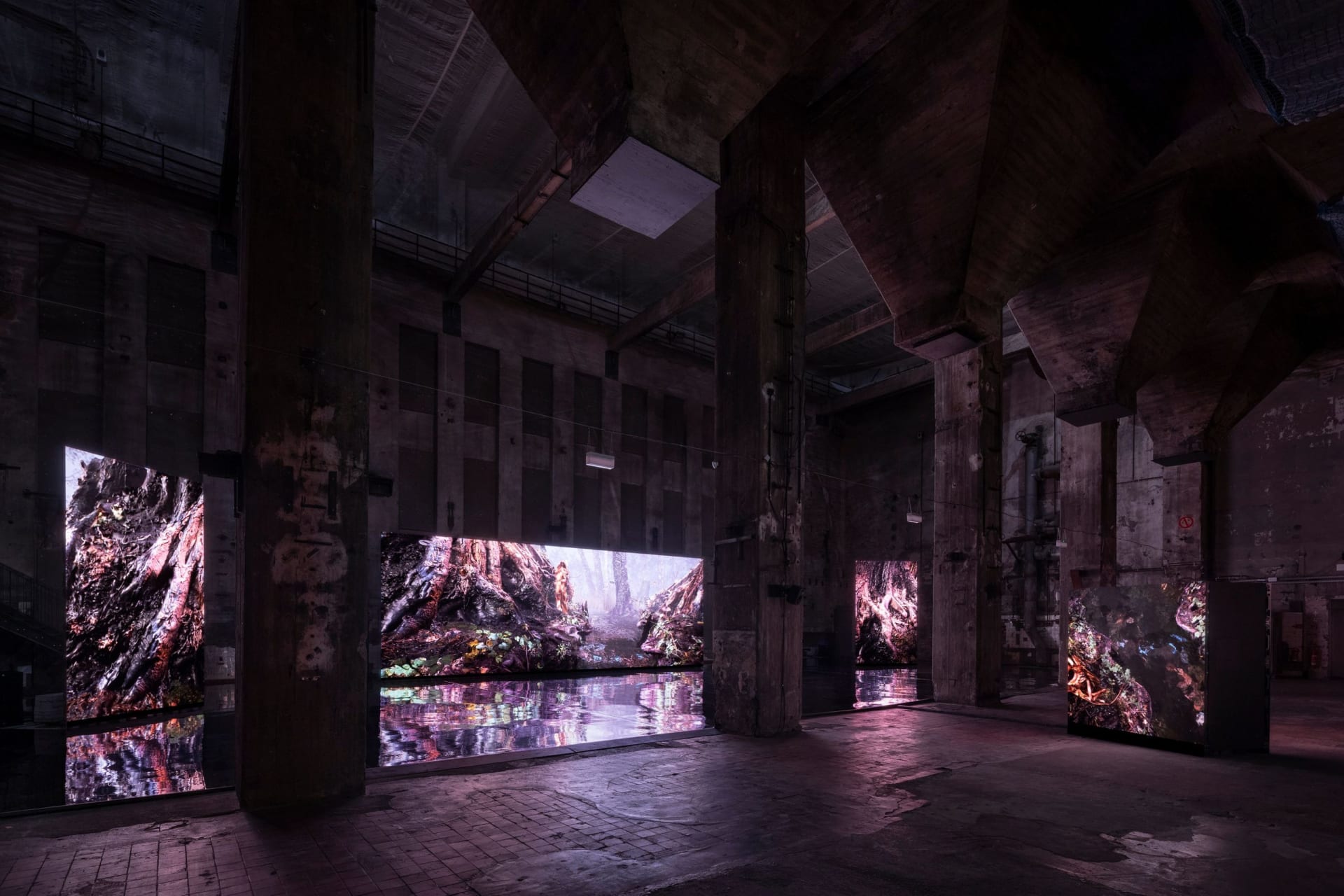
Art at the intersection: An interview with Jakob Kudsk Steensen on ‘Berl-Berl’ at Halle am Berghain
A visionary combination of natural history, cultural theory, music, science, and technology.
As Berlin’s name now summons up the heart of techno pounding through the concrete walls of post-industrial landscapes, we rarely think of the German city as a place of natural wonder–one whose history intertwines with the advent of climate change. Here enters BERL-BERL, an open window into Berlin as a mystical swampland.
For months, Danish artist Jakob Kudsk Steensen travelled through the wetlands surrounding Berlin for his first solo exhibition in Germany, using his photographs and video game technology to recreate their intricate landscapes. The result is a fantastical 3D underworld that brings us back to Berlin’s understated origins as a swamp, drained in the 1700s to create the city we know today.
“In the 1700s, the birth of capitalism and the Age of Enlightenment created a framework for the majority of swamps in the West to be drained, an action that heavily contributed to our ever-accelerating climate emergency,” says Berl-Berl’s curator Emma Enderby. “While the conflation of capitalism and the Enlightenment is debated, the result of this collision cannot be ignored.”
Berl-Berl entices the visitor to reconsider wetlands as a vital source of life, a natural wonder to behold. A message amplified by the haunting vocal compositions by Venezuelan artist Arca and spatial sound designer Lugh O’Neil. We spoke to Jakob Kudsk Steensen about the intersections of visual art, technology, and music that inspired the show, exploring how those digital disciplines can serve environmental storytelling.
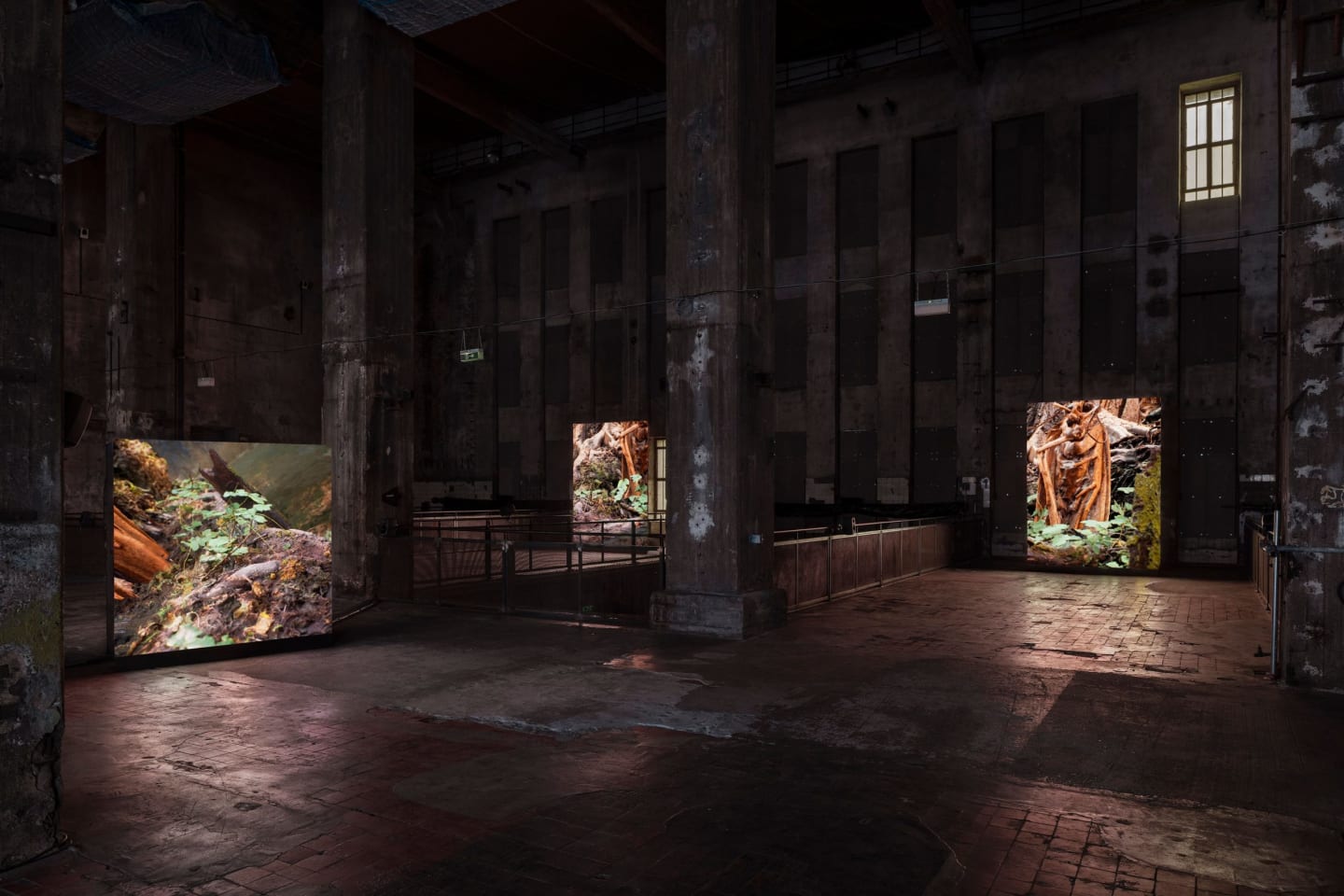
Electronic Beats: Jakob, how are you?
Jakob Kudsk Steensen: Good.
EB: Berl-Berl is your first major solo exhibition in Germany, and you moved back to Berlin recently after a stint in New York. Tell us how the exhibition came together.
Kudsk Steensen: I knew [guest curator] Emma Enderby from my time in New York, and she approached me to do a show with Light Art Space. In the beginning, I was thinking about wetlands and swamps, and a sense of musicality. Trying to build things into instruments is something I’ve been wanting to do for a really long time. And that’s really what we’re doing here.
I wanted to connect [my work] with an institution in Berlin, and then we started working with the Museum of Natural History and Halle am Berghain. And then, because of the beginning of the pandemic, I felt that the project had to be connected to Berlin–I got really stuck into the landscape history here. Berlin is positioned in the middle of a large wetland and the origins of the city’s name in old Slavic, Berl, derives from the word swamp. I was inspired by the mythologies contained within this history.
Regarding the location of the show, it was important to me to show Berl-Berl in a building that’s not a museum, that had a public appeal–something iconic. I wanted to make something that feels musically connected to Berghain, but not in the club way. I wanted to create something like a third format to signal a transformation of the landscape towards something new.
I wanted to create something to signal a transformation of the landscape towards something new.
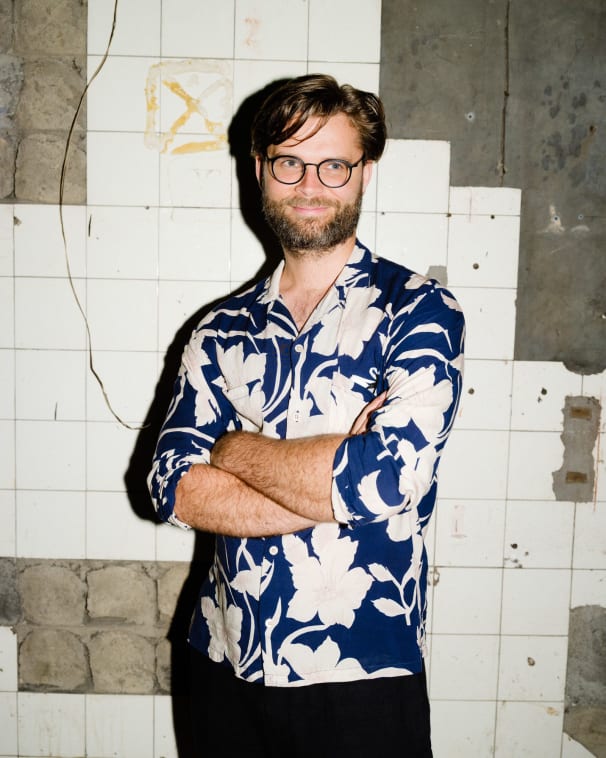
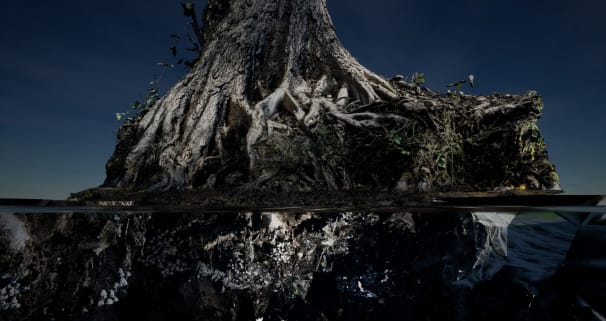
EB: Halle am Berghain obviously doesn’t feel like a very natural organic environment. So it’s really cool that you have this contrasting energy with the virtual natural world in this otherwise relatively bare and industrial space. So I think that makes a lot of sense.
For electronic music fans, one notable feature of Berl-Berl is the collaboration with Arca, who provided vocals to accompany the sound design. When did the music collaborators come into the picture?
Kudsk Steensen: When I visited the space for the first time last summer, I remember walking through it with Emma and the owner of the nightclub as we were being given a tour of the space. I started experiencing this echo and making sounds. As I walked down the stairs, I thought we needed to have a singer in here. During [the first lockdown] I was quarantining in France, but I visited cathedrals, and thought a lot about rituals around loss and transformation.
So that became really core to the project–there had to be a voice. I was introduced to Arca in December, and we got on really well. In my research, I came across a lot of folklore and old songs from the past. Some of these stories are about ghosts luring people into the swamps of night–wild, poetic love stories. And part of what Arca is singing is inspired by that.
In the past, a lot of the villages around here were referred to as singing cultures, so they would transfer knowledge through song.
EB: Do you remember some stories specifically?
Kudsk Steensen: One of the stories was about this guy who fell in love with this spirit that came out of the swamp. But she was like a daughter of the swamp king, and he tried to split them apart. But then they fell in love, and they walked through the water and lived there together.
EB: You really connected this really ancient history and these old stories and folklore with really modern techniques like state-of-the-art gaming and VR software. How important was gaming culture to your style of creating work?
Kudsk Steensen: I moved around a lot when I was growing up: I lived with my mom, and she was a sociologist. So we lived in Mozambique, in the States, the rural part of Denmark, as well as in the city. So I was always sort of displaced. But through video games, I just found this like continuity and a world of stories. I’m very well-connected in the gaming industry and the way I think about design and craft. I don’t watch too many TV shows, but once in a while, I might go through these big narrative games. I know this world better than I know films, for example. It’s intuitive for me to think in my virtual architecture.
Through video games, I found this continuity and a world of stories.
Kudsk Steensen: The type of games that appeal to me are almost in between a novel. 25, 30 hours to go through an epic trilogy novel in time. A friend of mine works at an epic game studio in San Francisco. I asked him, ‘Why is the story in some video games so banal often?’ Well, it’s because you only want hints, and you want to just invoke player curiosity towards exploring the animations, the music, the colours. There are all these fine details. I think about this in my own work, too. There’s all this background information and Berl-Berl is the story [based on] research. But in the work itself, that you see on display [at Halle am Berghain] it’s just the colours, the movement, it’s a transformation [of the space], it’s songs, and it’s also a way of collaborating.
So, video games [have] the technology that allows people to create simultaneously like this. I like deep immersive worlds if they have a unique politics or a style of music, or a feeling, but games for gameplay don’t interest me. I’ve gone completely away from using video game technology with anything that has to do with rational interaction. To me, it’s like a ritual practice. That’s what I find appealing […].
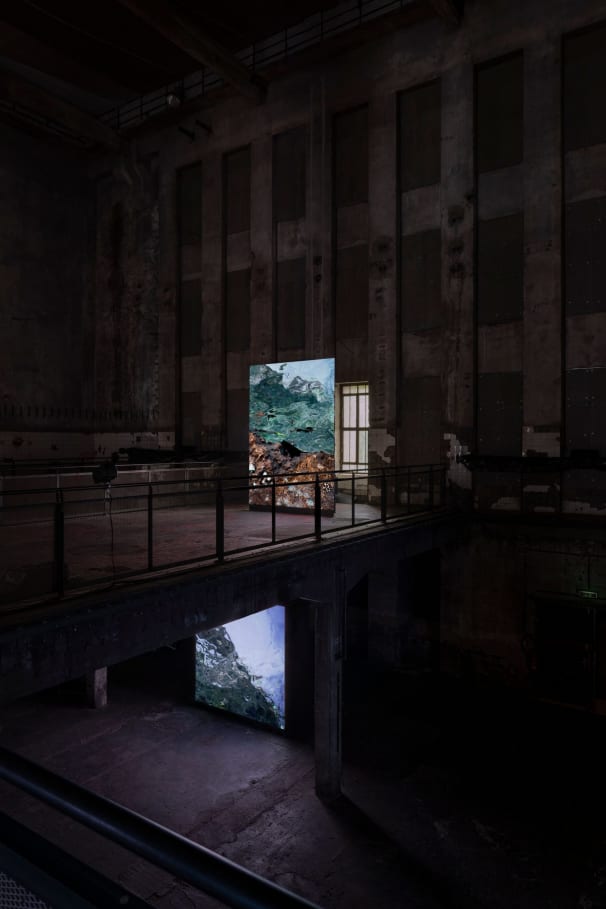
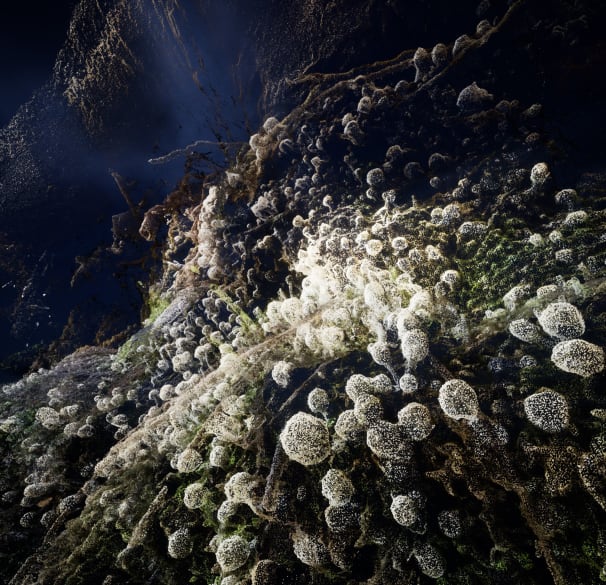
EB: The exhibition has been on display for a few weeks now, but the live performance with Arca is yet to take place. You mentioned the way people have responded to Berl-Berl has influenced parts of the show. Can you tell us a bit more?
Kudsk Steensen: At the top floor of the exhibition, we have a stage with these video walls, and a reflective floor that looks like a pool of water. And now I’ve been seeing videos and images where people are filming other people in that space. Arca will be performing on that stage, live [and virtually via BerlBerl.World.] So for me as an artist, I wanted to create this third space in between, something immersive. It’s an artwork, a performance, a song, and a story. But it’s not an ‘art museum piece’, and it’s not a music piece.
EB: An in-between space. Having already received this feedback in real-time, what’s next for Berl-Berl?
Kudsk Steensen: What I really like about this show, is that this is an immensely popular show. So I’m really thinking like, how can I keep building this format out and the next thing will probably be something like a singing experience. The audience could get two-hour tickets, but it’s a séance that runs for the whole day, so enter a part of [the experience]. And the singers move around, and visitors can occupy multiple vantage points.
You can already do this in Berl-Berl, you can sit in different spaces and have different points of view–everything’s synchronized with video game technology. All these screens and computers, they talk to each other. We have our website, BerlBerl.World, where people can live stream some images from there. That’s also where we eventually will be hosting virtual performances, poetry readings, etc. But the other thing that’s really exciting here, is that we built our own technology for the sound. Each little speaker […] plays the sound around what that each specific screen is looking at in relation to the part of the building it’s placed in, in order to provide these textured localised sounds. Additionally, you have like a global soundscape, in the sound design that’s based on the weather. Arca’s voice can move between all plateaus. So suddenly, her voice can appear right behind you, emanate over the building and disappear in an instant.
The idea with BerlBerl.World is that this can keep growing and evolving and be a performative space online. When you enter the website currently, you’re actually seeing streams from the installation–it’s like a portal [into the exhibition.] No museums are really doing this.
I can take the technology further than you can in a big game because I can custom tailor the visuals to specific, quite powerful computers [whereas] to make a game now, you have to make it available to everybody. So with Berl-Berl, I can also go deeper than what you can do if you will work on a big game. So that’s to make that community interested. You have to actually be able to play in the level gamers are at. If you are operating only in the museum space, you can get away with something far less ambitious in its creation.
EB: It’s art at the intersections. You have to meet the people at their level, which makes a lot of sense because you have this interdisciplinary approach to your work. So obviously, music fans will come maybe for the experience of being at Halle am Berghain, maybe for the Arca performance, maybe for the audiovisual aspect. But you also want to speak to audiences that come from a tech or gaming background, which the show really neatly achieves.
Kudsk Steensen: And one last thing, Berl-Berl was created through a close collaboration with the Museum of Natural History. So they’re also doing tours, and they have a whole educational program. They told me that these two guys had gone straight from the show [in Halle am Berghain] to a canoe tour of the Museum of Natural History. They had the reverse experience of going from the exhibition to sitting in a canoe, looking at the swamp and recognizing things from the show.
EB: How can art and technology can be used to raise awareness of environmental or environmental issues?
Kudsk Steensen: I started Berl-Berl two years ago. In the beginning, I went into it with a very rational mind. I researched, I wrote stories, I thought of ways to explain why wetlands are so important but yet overlooked ecosystems, and so on. But then when the pandemic started, I was locked into one location, first at friends, and then in Berlin for a year. The magic of the environment itself, its sensibility, and the curiosity it evokes didn’t really need that rationality.
The magic of the environment itself and its sensibility and the curiosity it evokes didn't really need that rationality.
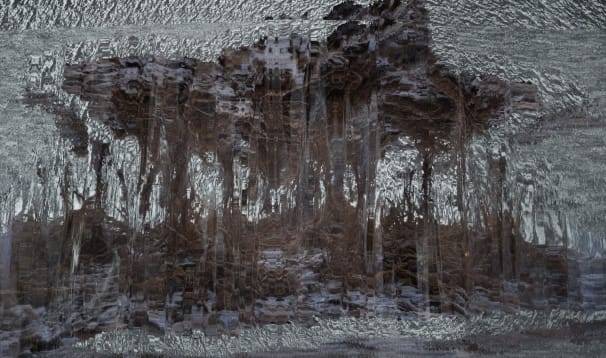
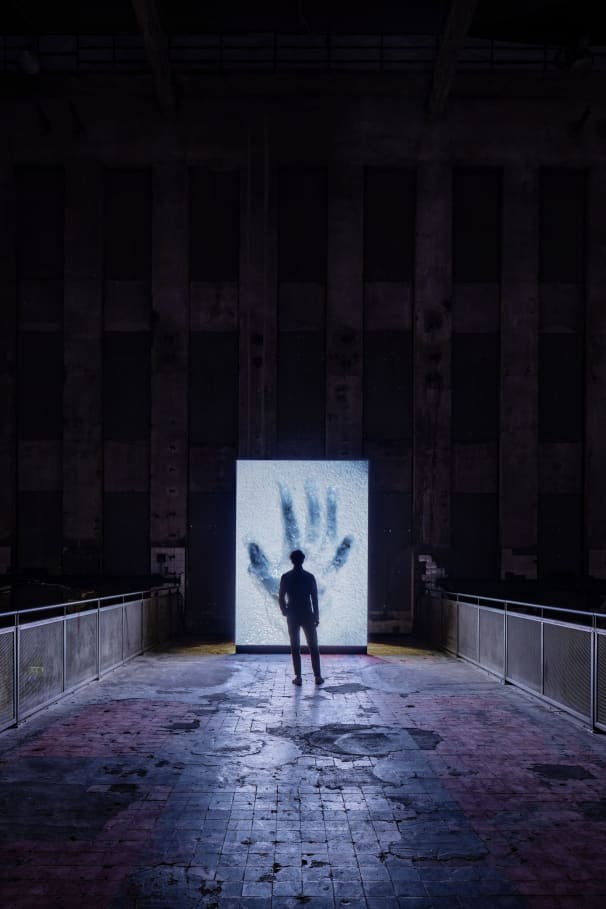
Kudsk Steensen: It was through the practice of making and being inspired by the landscapes, mythologies and songs that I decided to make something that was centred around the visitor’s experience in the space. They can feel a sense of wonderment, curiosity, positivity towards that type of landscape simply by entering [the show].
So by using these video game technologies in this way, you can sort of weave people in and give them this ritual-like feeling, which is what humans have always done as a way of connecting to environments through songs, masks, costumes, practises–and we don’t really have these any more.
Instead, we have this techno-capitalist culture. So I think we’ve lost this more intuitive, emotional practice in the process. And that’s what these emerging technologies can do, in particular with environmental storytelling.
You can show the audience how different species connect–you can literally morph them together. With [VR technology], you can do the impossible, even though it’s real. It mirrors the wetlands in itself–the soil in the wetlands can be 10,000 years old, and have something in it that has been dead 20 years ago, but it’s not decomposed. It’s like a ghost, it feels kind of implausible, but it’s actually real. It’s just beyond our logic, human perception.
Berl-Berl is on exhibition at Halle am Berghain until September 26. Get tickets via their website.
Published August 27, 2021. Words by Caroline Whiteley, photos by Bastian Thiery & Timo Ohler.





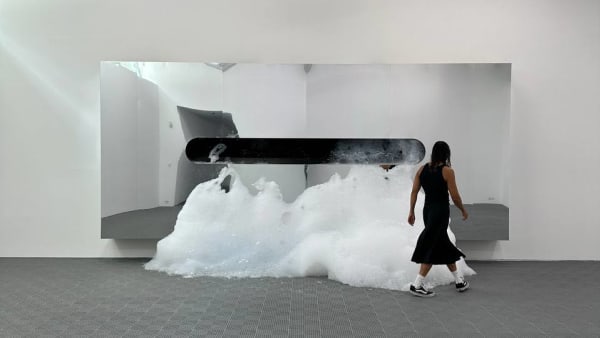
Follow @electronicbeats